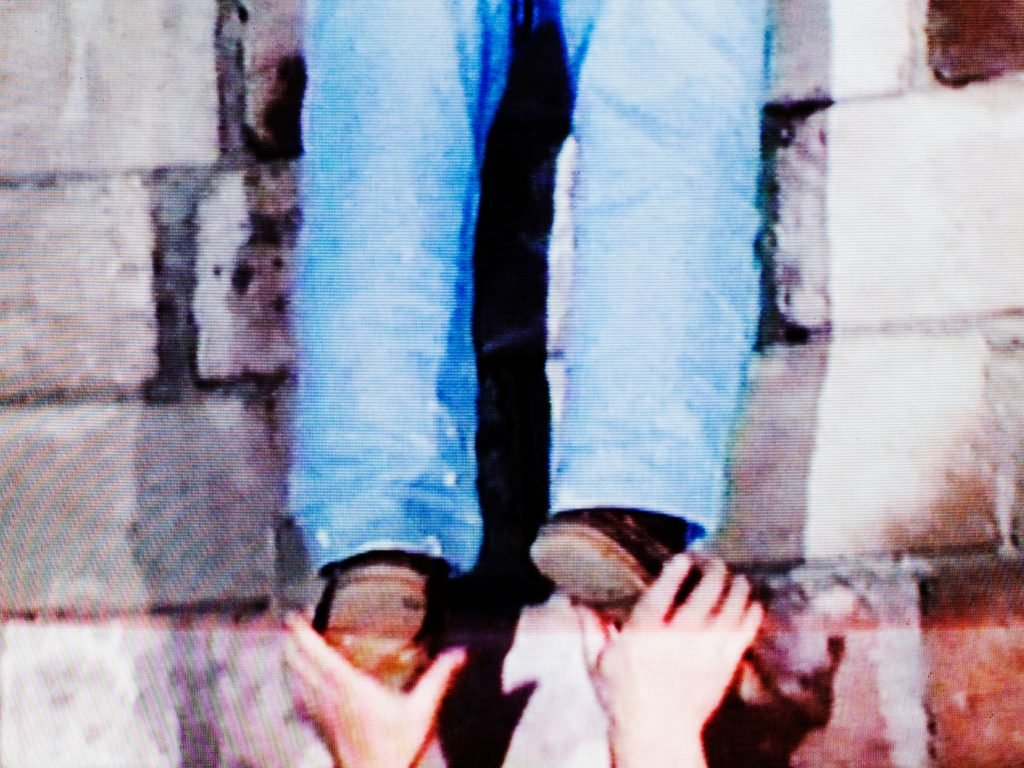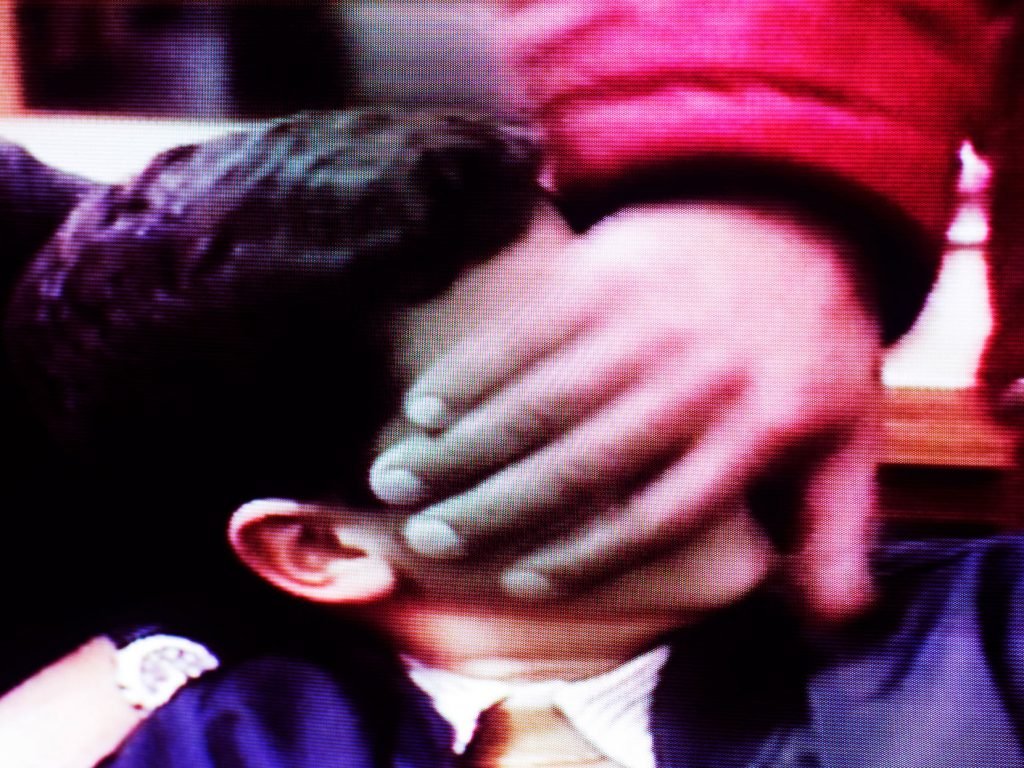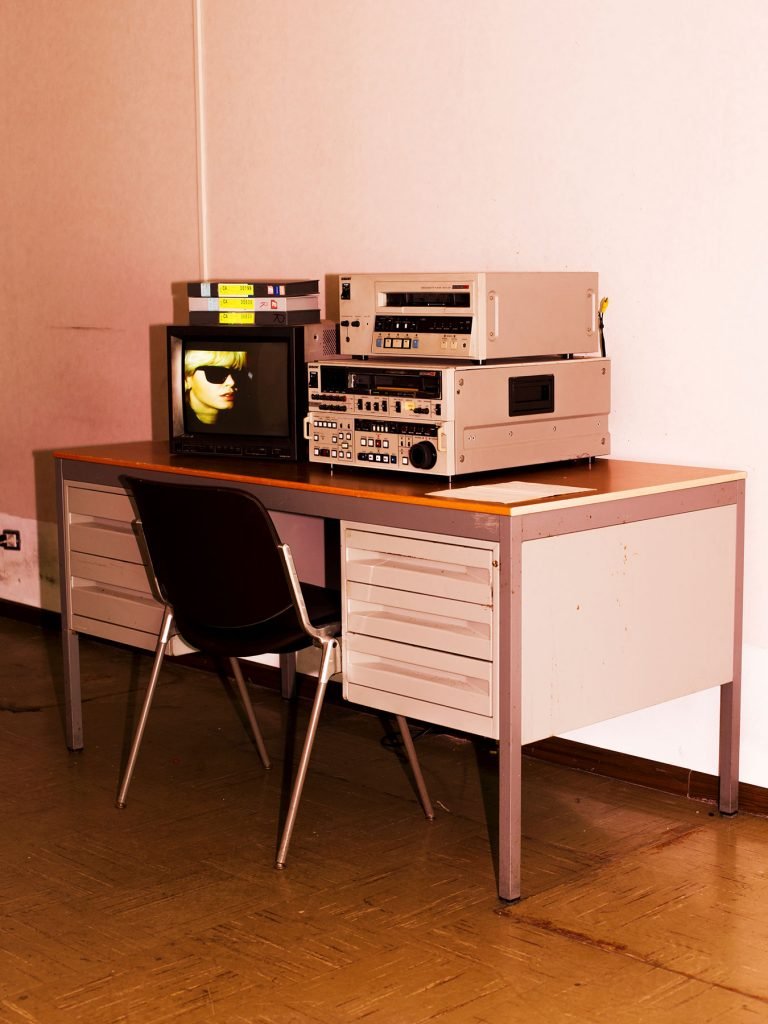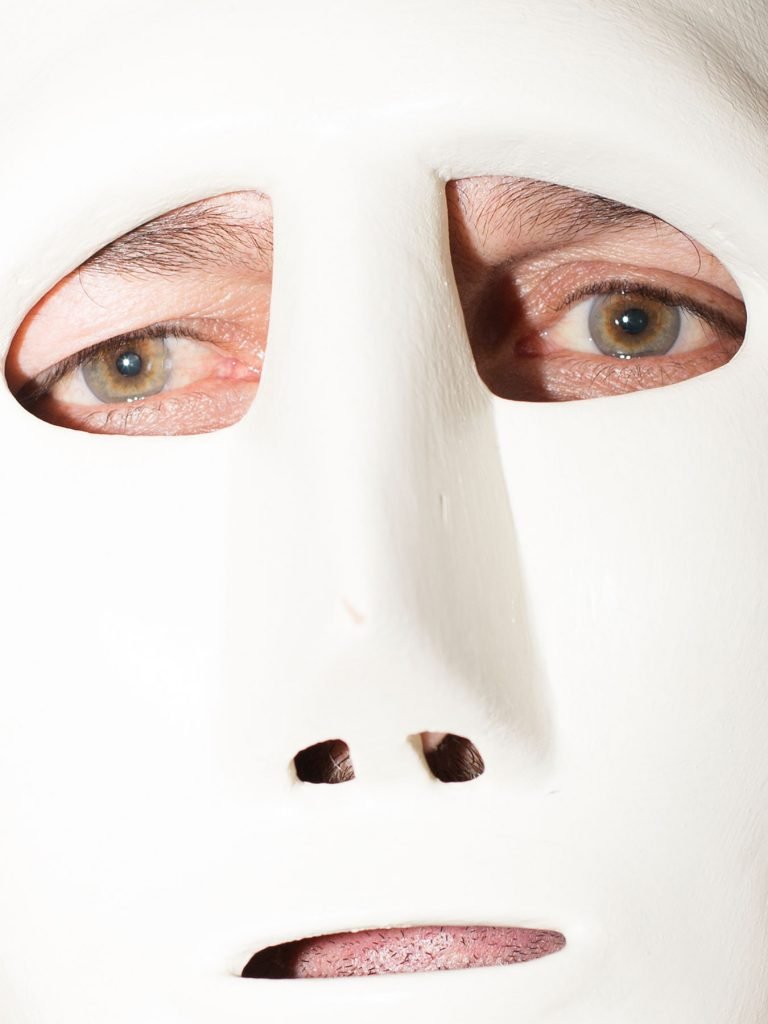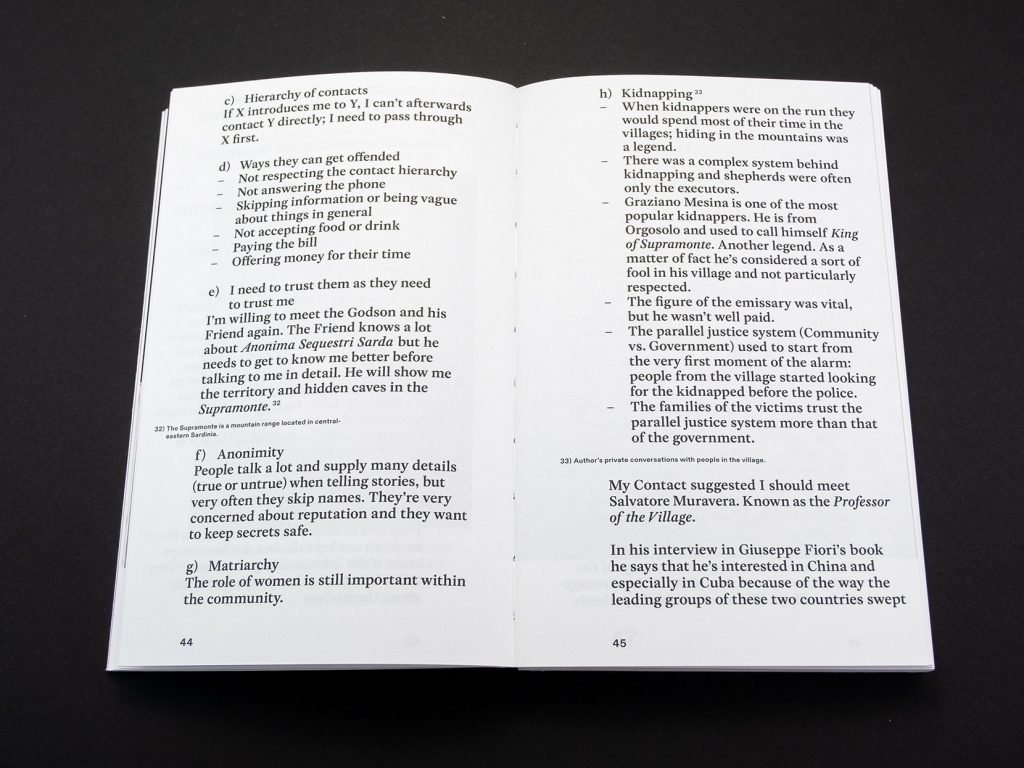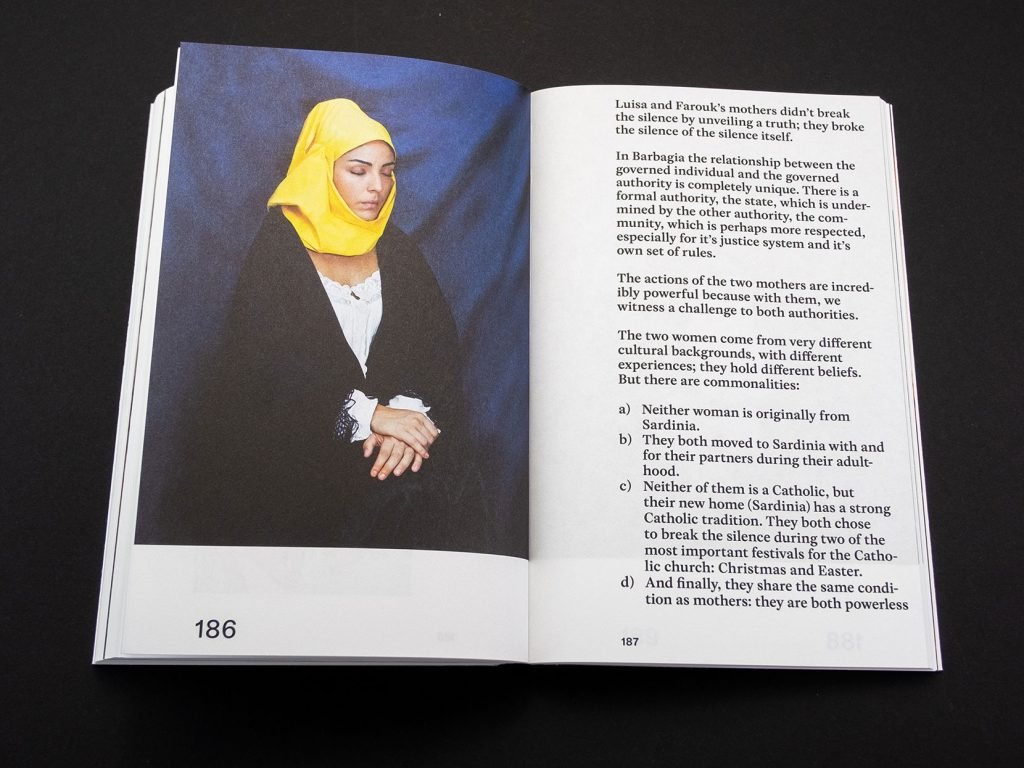What does an art project have to say on the blackest page of Sardinian crime history of the second half of 20th century, more than many years of morbid journalistic accounts, police reports and devoted academic writing have already done? Probably not much, if Sardinia was a land like many, inhabited by a rather usual population and carrying a history of peace and unity clean of complexities. Perhaps, this is what talking about Costa Smeralda recall in people’s mind. V.I.P, fancy parties and beautiful Italian sea – the Sardinia we all know.
However, things are rather complex here, and Sardinian born artist Valeria Cherchi knows and feels more than others what life is in the island, and she’s not afraid to go far into the unspoken to bring out what lays unseen to the outsider. With Some of You Killed Luisa, Valeria approaches the painful history of Sardinian kidnapping phenomenon that has hit the island from the ’60s to the ‘90s, with almost 200 individuals being kidnapped for ransom. This is done with a clear understanding of the obscurity of the topic, but most importantly by dealing with a rather deeply rooted tradition of the law of Omertà (complete silence often determined by complicity and at the same time by the fear of revenge).
Centuries of invasions and mistreats by the current dominators had created, especially in the inlanders, a feeling of not being looked after and mainly forgotten by the central juridical and economical authority of the time. From the Romans to the Aragonese, Spanish and Savoia, these dominators have never managed to subjugate the inhabitants to their way of life and therefore opted for a softer, but also careless control of the territory. In short, Sardinians have developed over the centuries a law system parallel to the official one that still survives in modern times.
If someone’s honour got offended, they had been robbed of the cattle or had a relative murdered by another member of the community, there was no point in reaching out to the authorities for a fair judgment. Therefore, revenge became a personal matter people took into their hands and carried out according to their own system, which later became known as the Barbagin Code (from Barbagia, a region within the island). The Barbagian Code was furthermore strengthened by the law of Omertà, generating a circle of crime/revenge and collective silence extremely dangerous and fragile, impossible to co-exist within a modern penal system.
The phenomenon of kidnapping explored in Some of You Killed Luisa is a predictable and horrifying consequence of such a parallel system. Thirty years of fear – perpetuated by the ‘Anonima sequestri sarda’ (the name used by the media to refer to the group of bandits carrying out the crimes, often wrongly associated with the mafia) – are investigated by the artist throughout the book employing an efficient mix of visual tools. Archival footage, staged photography and documentary images – as well as a significant textual contribution – rather than presenting the truth itself, aim at depicting the problematic absence of it in a community bound by omertà, to these days still.
This has been successfully done by creating a multilayered reading structure that challenges the reader with intricate levels of visual and written testimony, wisely paired with personal recollections and academic quotations. Cherchi recognises the complexity of Sardinian culture and she is determined to recreate an accurate representation of it, always with significant respect for the characters of her story – no matter from which side. By carrying out a meticulous research, both on the field and out, the artist meets the people and visits the infamous places (remote natural caves) of this decades-long human tragedy, reporting daily to her diary the feelings and thoughts provoked by such an intense experience. Diaries which are later on merged into the main narrative of the book, creating a precious possibility of identification for the reader that will allow a deeper understanding of the Sardinian kidnapping phenomenon as well as its people and traditions.
At the two ends of this story, there are Farouk and Luisa, which are also the first and last chapter of the book. In 1992, eight years old Farouk was being held captive in a cave for six months and then released. During this time, the upper part of his ear was chopped off and found by a priest on the Barbagian mountains. A few years later, fourteen years old Luisa was being shot to death on her balcony. Luisa was the daughter of convicted Matteo Boe, Farouk’s kidnapper. To these days, nobody has been charged or convicted for Luisa’s murder. It is within those two events that Valeria Cherchi’s need to tell this story had surged. About the same age as Farouk, when the kidnapping of the innocent child happened Valeria feared, like many other children on the island, that something like that could have happen to her too. The memory of Farouk’s kidnapping, the need to look more into this historical phenomenon and the desire to understand what happened in these remote Sardinian communities, pushed the artist to try walking through the wall of Omertà and create a piece of work that is an audacious stand against it. Or, like one of the chapter’s titled say, to ‘break the Silence of the Silence itself’.
The book relies upon an austere aesthetic familiar to some essay editions. Its compact format of 5×8 inches, unusual for a photography project, shows a black and white front cover that sets the noir-like mood of what is narrated inside. Equal attention is given to the text as well as visuals by wise use of font combinations, image placement and paper choice. The majority of the visual work, printed on the same uncoated paper used for the text, functions as a further argument to what is being said on the page. It is referenced and recalled throughout the book by a well-studied system of notes and it acts as perfect punctuation for the reading experience. It is a book to be read! It is a book to be understood and digested, and it definitely deserves more than one sitting. Finally, a small series of images printed on glossy paper pops up at the beginning, middle and end, leaving the viewer intrigued by its meaning. Those images, although as important as the others, will reveal its peculiarity at the right time and for their uncanny message, generating a feeling of attraction mixed with discomfort.
An important part in this process has been played by editor Federica Chiocchetti and designer Fabian Bremer. The collaborative work of the artist/editor/designer resulted in a unique piece of research that sits right in between a photo book and a textbook. A photo-text book recently published by Dutch publisher The Eriskay Connection. A book that allows a wise balance between the visual and the textual documentation, with a form that does not give its content for granted and invites the reader to further research into the topic and its historical relevance for the Italian crime history.
Valeria Cherchi (b. 1986 in Sassari, Italy) is an artist working with images and text, freelance photographer and teacher.
Her work over the past years has been themed around the meaning of the ‘unspoken’, with a particular interest in using images and words to shed light on little known stories about lack of social justice.
In her most recent project ‘Some of You Killed Luisa’, she examines small Sardinian communities as an example of a civil context that has opted to shape its social structure by choosing omerta (Code of Silence). The project has been published and exhibited across Europe and the photo-text book is published by The Eriskay Connection (May 2020).
In 2018 Valeria was named in British Journal of Photography’s annual ‘Ones to Watch’ and shortlisted for the Lucie Foundation Emerging Artist Scholarship. In 2019 she was one of the artists selected for Plat(t)form at Fotomuseum Winterthur, shortlisted for the Foam Talent and nominated for the C/O Berlin Talent Award, 6×6 Global Talent Program and Joop Swart Masterclass.





